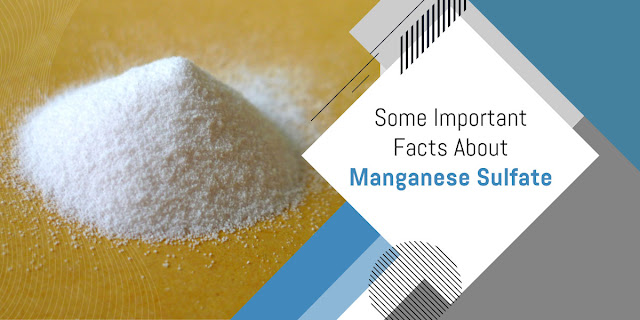Nitric Acid – Types, Uses and Reactions
Nitric
acid is a mineral acid used as a reagent in the nitration process. Nitric Acid
is produced by the reaction of nitrogen dioxide with water.
Nitric
acid is colorless corrosive which is also called as aqua fortis. It is
colorless and corrosive in nature. The acidic properties of nitric acid make it
very popular.
Palvi
Chemical as one of the well-known Nitric Acid
manufacturers in Brazil in this blog discusses about the types, uses
and reactions of nitric acid.
Nitric
Acid Uses
a)
Nitric acid works as a laboratory protic solvent.
b)
A conjugate acid of a nitrate - nitric acid is widely used in the
fertilizers and explosives industry.
c)
Fuming nitric acid is used in the explosive industry.
d)
Nitric acid is used to manufacture terephthalic acid.
e)
Nitric acid is used to manufacture organic compounds.
f)
Nitric acid is used in the formation of explosives like nitroglycerin
and trinitrotoluene.
g)
Nitric acid is used in the production process of many chemical
intermediates.
Palvi
Chemical is a Nitric Acid
supplier in Brazil.
Nitric
Acid Types
There
are two types of Nitric Acid:
a)
Nitric Acid with 68% HNO3.
b)
Nitric Acid with 98% HNO3. This is called Fuming Nitric Acid.
Palvi
Chemical is a Nitric Acid distributor in Brazil.
Nitric
Acid Reactions
The
freezing point of nitric acid is −42 °C [−44 °F]. The boiling point of nitric
acid is 83 °C [181 °F]. For some acids like sulfuric acid, nitric acid can act
as a base.
Some
important reactions of Nitric Acid are as follows:
a)
Neutralization with ammonia in formation of ammonium nitrate
b)
Nitration of glycerol and toluene
c)
Manufacturing process of nitrocellulose
d)
Oxidation of metals to the corresponding oxides or nitrates
For
all kinds of bulk order of nitric acid in Brazil, feel free to contact Palvi
Chemical. Palvi Chemical is a Nitric Acid
exporter in Brazil.



Comments
Post a Comment